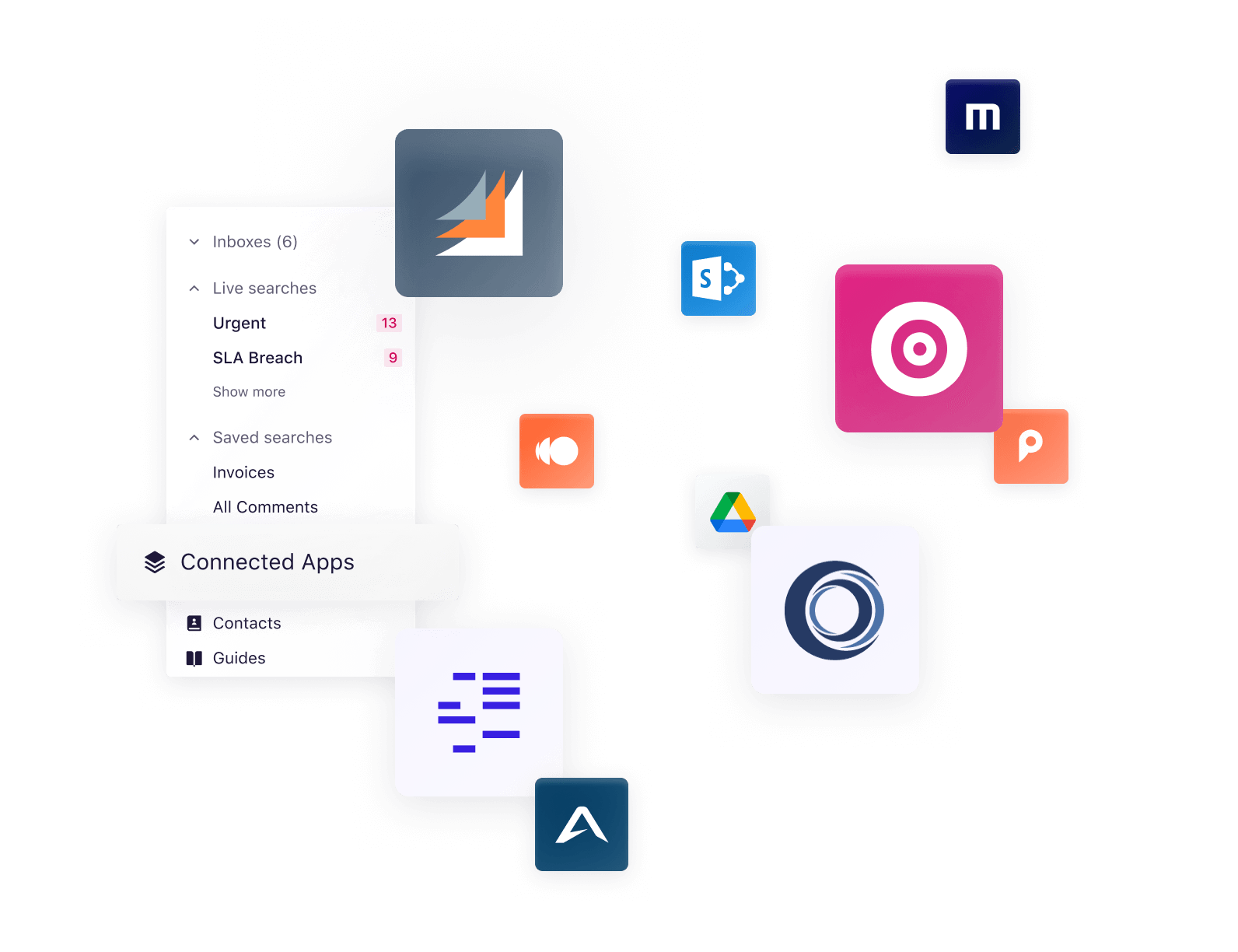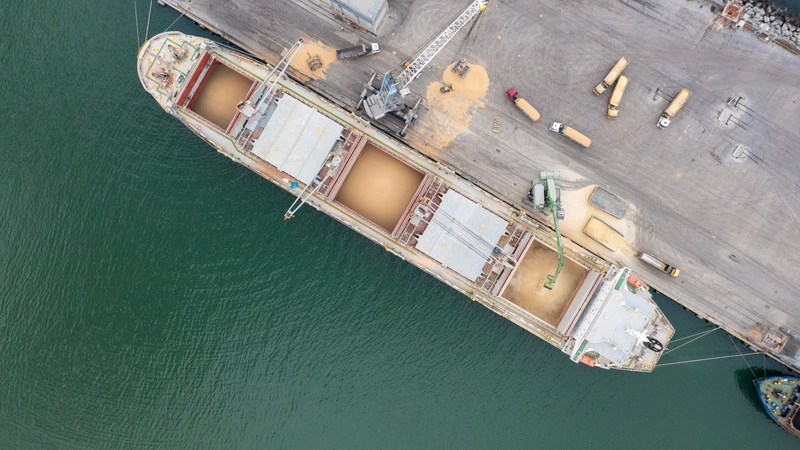Digital transformation as a driver for shipping efficiency
When you’re able to leverage digital technology to streamline shipping operations, improve communication, and enhance decision-making, you have the formula for a seamless, agile, and responsive business environment. Digital transformation offers the most direct path to achieving this level of efficiency in the maritime industry. In this blog post, we show you how.
What is operational efficiency in shipping?
In shipping, operational efficiency is the ability to deliver goods or services cost-effectively while maintaining a high level of service quality, safety, and compliance with regulations. By streamlining everything from resource management to stakeholder communication, you reduce operational costs and boost productivity.
McKinsey notes that early adopters of digital transformation in supply chain reap the following benefits compared to their slower-moving competitors:
- 15% reduction in logistics costs
- 35% decrease in inventory levels
- 65% improvement in service levels
In shipping and maritime, operational efficiency is all about:
Resource optimisation
Operating resources intelligently begins with a comprehensive analysis of your assets, including ships, crew, and cargo to ensure proper resource allocation. Here's what you can do:
- By employing advanced data analytics, you develop strategic allocation models that match the right vessel with the appropriate cargo load.
- With smart scheduling, you can time your shipments to avoid congested routes and capitalise on favorable market rates.
- With intelligent routing systems, you are able to leverage historical data and real-time weather information to chart paths that cut down on fuel use.
Cost management
Effective cost control involves detailed monitoring and management of expenses like fuel consumption — one of the largest operational expenses for a shipping company. Implementing advanced fuel monitoring systems provides insights into usage patterns and helps identify potential savings, such as adjusting vessel speeds or optimising routes.
Negotiating with suppliers is another area where shipping companies can reduce overheads. Leveraging technology to conduct thorough market research gives you a better understanding of fair pricing, helping you secure contracts that offer the best value without compromising quality. By adopting a granular approach to cost management, you ensure that every dollar spent contributes to the efficient delivery of services and the financial health of your company.
Performance monitoring
Performance monitoring enables a detailed evaluation of critical functions such as fuel usage, cargo handling, crew efficiency, and on-time delivery rates.
For example, a comprehensive analysis of ship energy consumption data reveals patterns and anomalies in fuel usage that might otherwise go unnoticed. By evaluating average fuel consumption per voyage, ship engine performance, and the impact of sailing conditions, you are able to identify specific areas to improve fuel efficiency measures. Based on this information, you might make changes in operating procedures or invest in more efficient engines.
🚀Discover the benefits of digital transformation in the maritime industry.
Five digital transformation strategies to enhance shipping efficiency
If you're setting in motion a digital transformation project to bring efficiency to your maritime operations, get started with:
1. Automated workflow management
Workflow automation is the application of technologies such as artificial intelligence to automate routine operational and manual maritime processes such as scheduling, tracking, inspections, and invoicing. For instance, you may use a digital scheduling system to automatically assign jobs to available vessels to reduce the time and effort traditionally required in manual scheduling.
Automated workflows reduce your team's workload, minimise human errors, and ensure smoother operations, directly contributing to improved operational efficiency. In fact, 74% of workers complete their work faster by automating tasks, according to a Salesforce survey.
2. Real-time monitoring and analysis
Maritime businesses gain instant visibility into the status and performance of their ships and cargo with real-time monitoring and analysis.
This data stream, facilitated by technologies such as Global Positioning System (GPS) tracking and Internet of Things (IoT) sensors, provides a wealth of information — ship locations, environmental conditions of cargo holds, equipment performance metrics, and security alerts. Advanced GPS systems enable companies to track their fleet's precise locations, allowing for minute-by-minute updates. By monitoring ship speeds and estimated arrival times, you can get automated rerouting suggestions in response to changing conditions at sea or in port.
3. Improved communication
Data-driven communication platforms foster better coordination among the various stakeholders in the shipping process — from different departments to suppliers and customers.
With Sedna, for example, you streamline maritime email processing. Our platform’s advanced search and smart tagging capabilities enable users to quickly retrieve specific emails, attachments and conversation threads from a vast data repository. This feature is particularly useful when teams must reference prior communications or decisions on similar issues.
📧 Discover how Sedna helped Ardmore unlock 2 extra hours daily for their team by eliminating manual inbox management.
4. Predictive maintenance
Predictive maintenance systems analyse data trends related to equipment performance, such as engine temperatures, vibration patterns in the hull, oil quality, and pressure readings. They also help maintain resources such as spare parts inventory, supervising crew schedules and dock reservations.
By assessing these parameters over time, the system detects subtle anomalies that may indicate the early stages of equipment degradation. For instance, if vibration data from a propeller shaft starts showing irregularities that deviate from the norm, it suggests potential issues that could lead to failure if not addressed.
🛳️ Learn how digital tools help minimise supply chain disruptions.
5. Improved reporting
For shipping businesses, the ability to automate compliance management processes reduces the risk of legal issues and streamlines the reporting process.
Let's say your maritime communication platform can automatically identify emails that contain Personally Identifiable Information (PII) and automatically delete them using time-based rules. This automation not only ensures timely compliance but also frees up the crew’s time to focus on other critical shipping operations.
Enhancing maritime efficiency with Sedna
To amplify operational efficiency in shipping, you need a powerful system that simplifies and streamlines communication and information exchange. Enter Sedna — an email management software designed to ease the workload of maritime teams.
We make your digital transition easier with our user-friendly interface, robust automation capabilities, and seamless integration with your existing software systems. Schedule a demo to learn more.
Latest resources
Driving faster action and insights from your core business system
Connected Apps integrate business-critical data hidden across your digital ecosystem. Make informed decisions without needing to switch contexts or systems.






